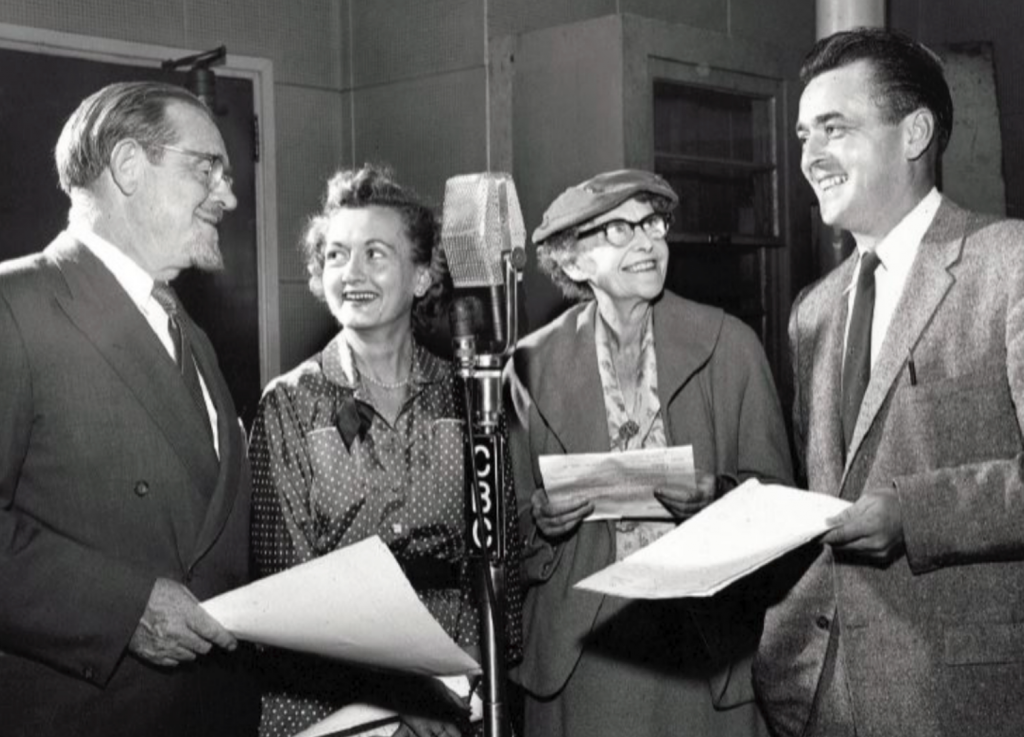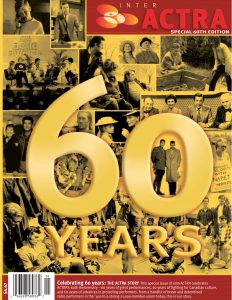Our History
In the early 1940s, radio performers were forced to work long hours for as little as $15 a day. This prompted a small group of performers to form the Radio Artists Societies in Montreal (RAMS) and Toronto (RATS). They fought long and hard to win better fees and improved working conditions for their members.
By 1943, radio artist groups in Winnipeg and Vancouver were also organized. They joined with RATS and RAMS to form the first national performers’ organization, the Association of Canadian Radio Artists. This organization evolved to become the Association of Canadian Radio and Television Artists; then the Canadian Council of Authors and Artists; then the Association of Canadian Television and Radio Artists…and finally, in 1984, the Alliance of Canadian Cinema, Television and Radio Artists (ACTRA).
ACTRA and its predecessor organizations have fought to protect the rights of Canadian performers and to make ACTRA the strong national union it is today. Over the years, ACTRA has made important gains including regulated work hours, minimum pay rates, safer sets, meal periods, residual and use payments, comprehensive health and insurance plans, and protection for children and other performers on set.

Related:
For more information about ACTRA’s history, check out these special anniversary issues of ACTRA Magazine
 |
 |
 |
ACTRA National Census
Read the summary of ACTRA National’s latest member census. Available in English and French.


